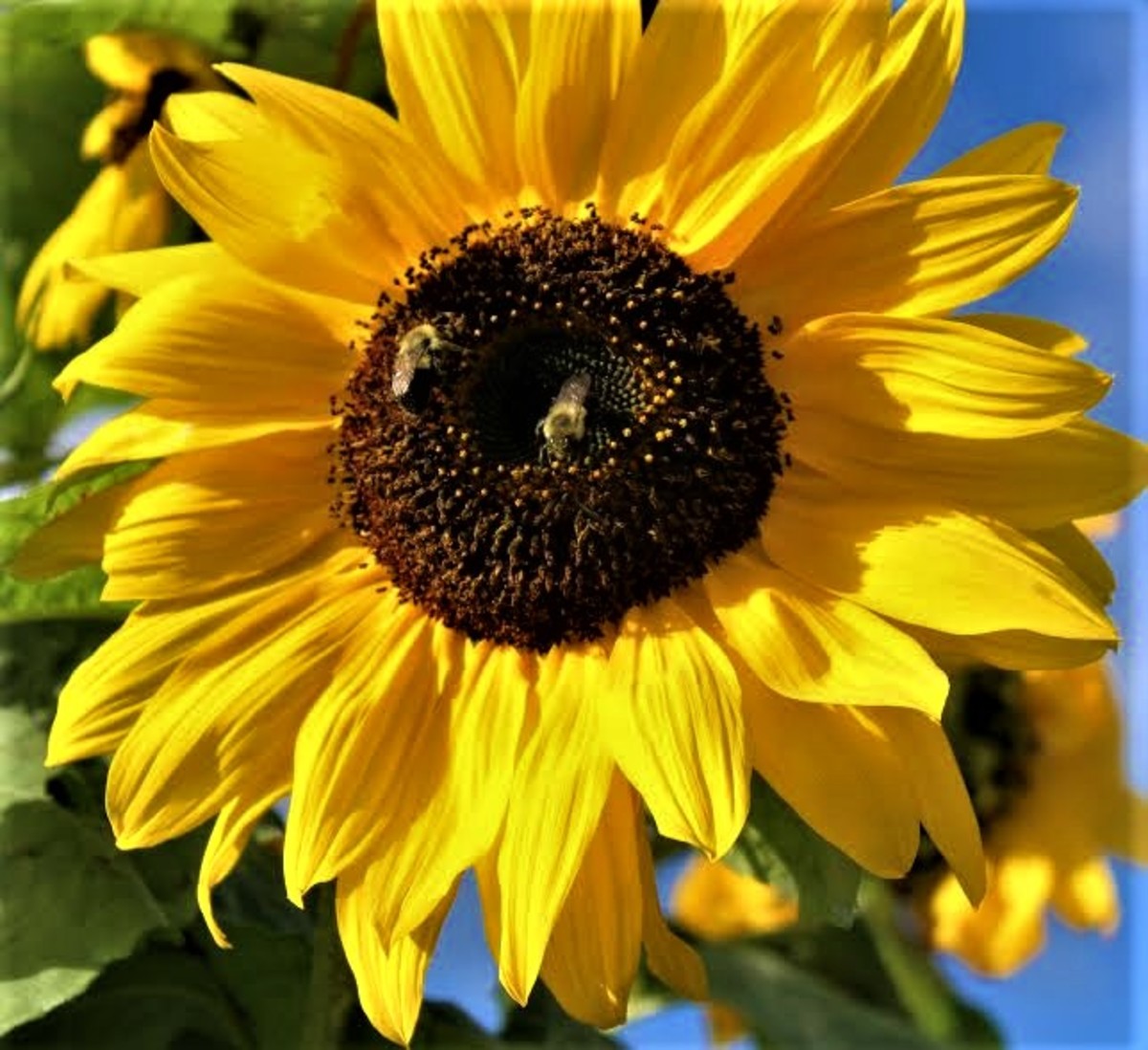It is not difficult to grow your own vegetables, flowers and herbs. There are three things that you must consider if the garden is to be successful; the sun, soil and water. The garden will need six to eight hours of sunlight per day in order to produce vegetables or flowers.
Soil comes in three basic types, clay, sand or loan. The ideal soil is a sandy loam. There is a simple way to determine the type of soil in your garden. Pick up some soil with one hand, roll it into a ball. If it forms a ball that breaks apart readily it is loam. If a ball does not form, it is sand. If a ball forms but does not break apart easily, it is clay.
This primer will help you plan and design your first garden; it does not matter what you decide to grow, vegetables, flowers, herbs or all three, the steps are the same.
Step One:
There are two questions you need to answer at this point.
1- What do you want to grow?
2- How much time to you have to garden, each day, and week?
It is important to match your schedule to your interests; you do not want to start a garden that is too big, as it is likely to become a burden and that will take all the fun out of the project.
It is equally important not to put in a garden that is too small as your yield, what you get back for your labour, will be smaller than you expected and you will be disappointed and perhaps discouraged.
Step Two:
Now is the time for the garden plan. Don’t panic, this is simple; a plan helps you stay on track, makes maximum use of your gardening time, is fun and can be changed whenever you desire.
You now know what you want to grow and how much time you are willing to commit to the growing and maintenance. Now you must determine:
1- Where will your garden grow? The backyard most likely but were, well for most cut flowers, herbs and vegetables you want a spot that gets full sun for 5-6 hours a day, minimum.
2- How big will it be? The size depends upon what you want to grow and how much. A good cut flower garden can be fairly small in feet 6x6 will do; same for a herb garden. Now unless you are prepared to convert your whole backyard into a vegetable garden and even then, you are not going to grow all the food your family needs, so pick you 3-5 favourite vegetables and focus on them.
3- Homework time. You need to know the plants you plant to grow, the public library can be a great source of information as can the Internet. You can also visit a local plant nursery and have a chat with the manager.
4- Put the right plant in the right place and it will thrive.
Read this hub, for details on building the garden bed. Speaking of reading, if you are planting seeds read the seed package. The information there is meant to be followed, so do so. If you are using plants then read the tag that should be in the pot with the plant, the same story; If it is not then ask.
Gardening is a rewarding activity that does not have to be difficult or time-consuming, just be sure to build the garden that matches your needs, wants and schedule.
Consider keeping a journal. Record what you planted, how it fared and anything else that you notice. This information will be valuable when planning next year's garden.


